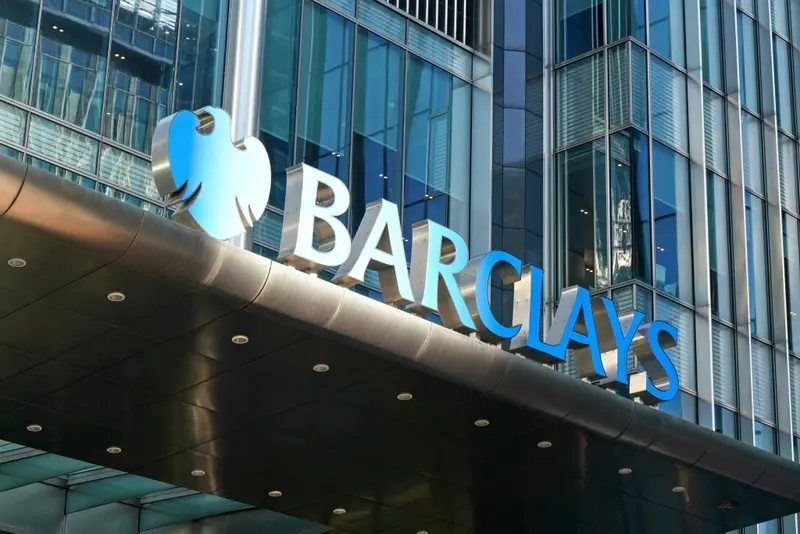
- Profits before tax beat estimates
- Share buyback bigger than expected
- Lower margin and lack of deals disappoint
A day after shares in Lloyds Banking Group (LLOY) were knocked to the bottom of the FTSE 100 on the back of its first-half update, Barclays (BARC) shares received much the same treatment losing as much as 11p or 6.7% to 153p as the market gave the bank’s interim results the thumbs-down.
As is becoming clear, high interest rates aren’t quite the panacea investors thought they were for bank earnings, while for Barclays investment bank volatile market conditions over the past six months meant a dearth of big money-making deals.
WHY ARE BARCLAYS SHARES DOWN?
Rather like Lloyds, on the face of it, Barclays’ results for the six months to June looked solid enough with group income up 9% to £13.5 billion, profit before tax and impairments up 34% to £5.5 billion, ahead of forecasts, and an increase in return on tangible equity to 13.2% from 10.1% a year ago.
Also notable was the sharp drop in the cost-to-income ratio from 69% to 60% as the bank managed to keep its expenses from rising more than 2% thanks to efficiencies together with lower litigation and conduct charges.
Moreover, as a sign of management’s confidence in its full-year targets, the bank announced an interim dividend of 2.7p per share and revealed a share buyback of up to £750 million as a way of increasing shareholder returns.
Yet, as with Lloyds, attention focused instead on an increase in bad loan provisions from £341 million to £896 million, reflecting the worsening credit environment, alongside a cut to the bank’s net interest margin target from above 3.2% to around 3.15% reflecting competition for deposits as customers look for better interest rates on their savings.
In addition, the corporate and investment banking division saw revenues drop, albeit only by 3%, due to ‘lower client activity in global markets’ and shrinking investment banking fees as a result of fewer M&A deals.
EXPERT VIEWS
Joseph Dickerson at Jefferies suggested the better-than-expected buyback was ‘the silver lining in what was a modestly disappointing quarter for revenue’, while the downgrade to the bank’s net interest margin target raised questions as to the direction of margins for the coming year.
Commenting on the results, AJ Bell investment director Russ Mould said: ‘The idea that higher interest rates make life easy for banks is a misconception. Yes, there is an opportunity to earn more money from lending. However, higher rates can curb activity for consumers and businesses which means investors are increasingly looking at the levels of bad debts among banking customers and in the case of Barclays, whether corporate deals are less common as we move away from the era of cheap financing.’
Disclaimer: Financial services company AJ Bell referenced in the article owns Shares magazine. The author of the article (Ian Conway) and the editor of the article (Tom Sieber) own shares in AJ Bell.
LEARN MORE ABOUT BARCLAYS




